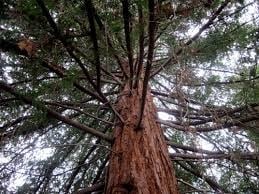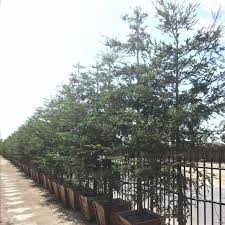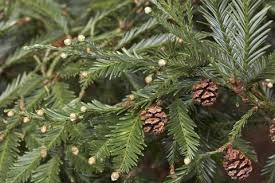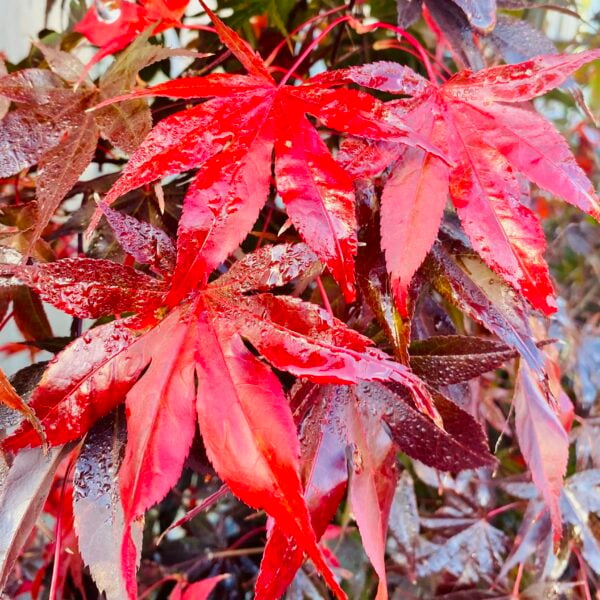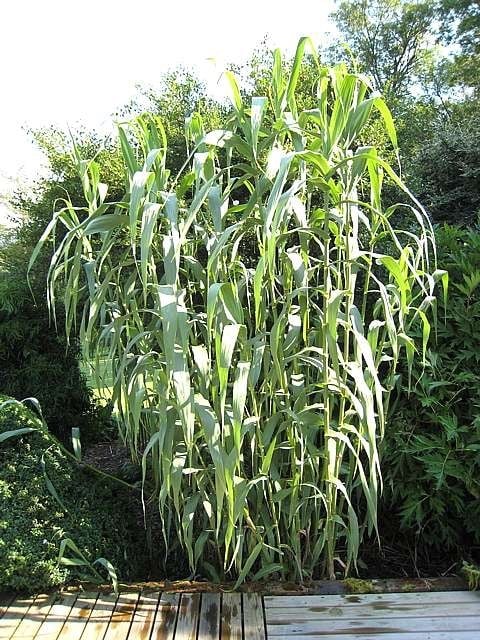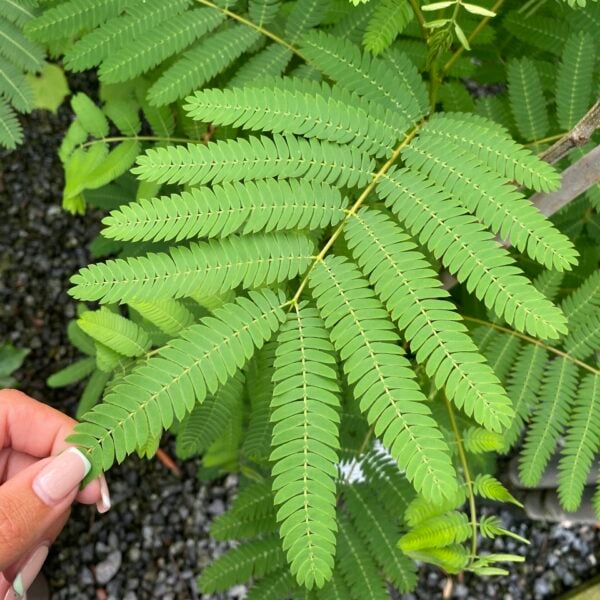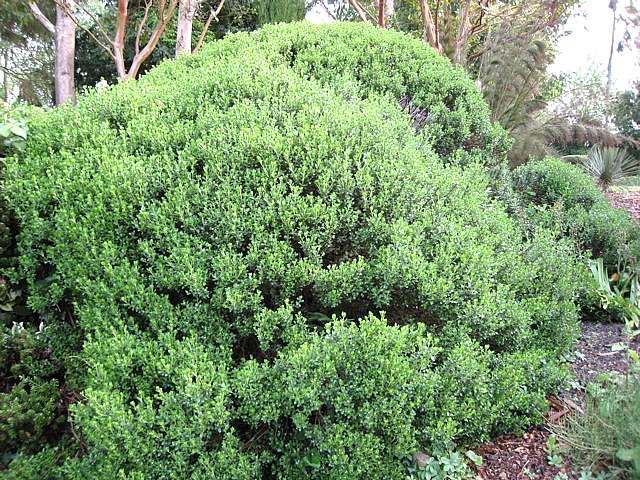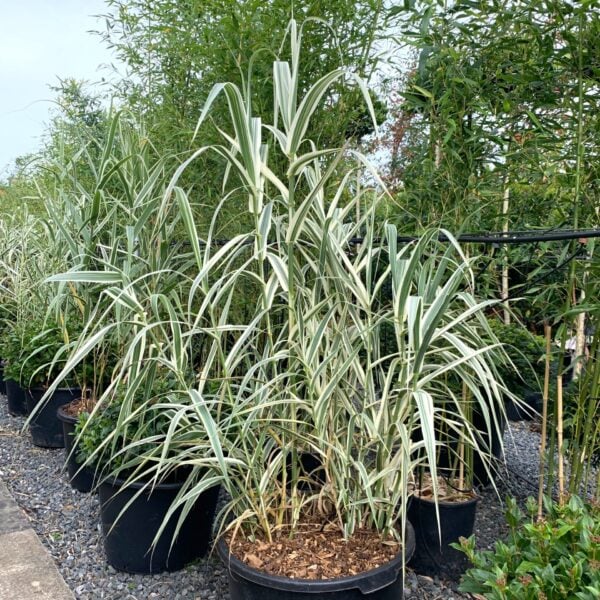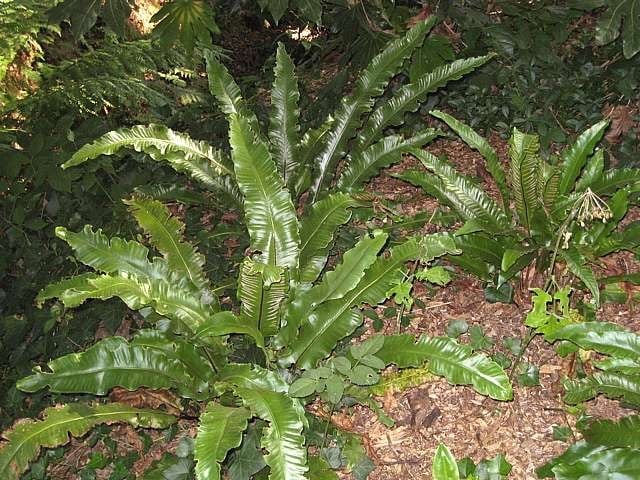Sequoia sempervirens (Coast Redwood)
Proper tree this. Can reach 40ft in 30 years and then go on and on and on. Conical, coniferous and ultra-reliable but best grown in groves which it loves. Please contact us for stock availability and sizes.

Hardiness level Green
Much confusion between the two types of Californian Redwood. This is Sequoia sempervirens and is the Coast Redwood which lives on the COAST. The other one is Sequoiadendron giganteum which is variously known as Wellingtonia, Giant Redwood, Big Tree etc - and to add to the confusion, this also gets called Californian Redwood. It grows in central California in the mountains where it's much colder in the winter but the mountains are GIANT. That's my attempt to de-confuse you. COAST and GIANT (mountains). An aide-mémoire as the French rather foppishly put it.
The foliage is quite like our Yew (very different from the Wellingtonia), it grows much faster than the Wellingtonia variety and they love each other's company which makes them extremely tolerant of shade. Some of the photos demonstrate their closeness to one another in their natural habitat. The branches of the trees nestle together and this seems to make them happy. They're tolerant of all sorts of conditions but if you want to create a grove in an exposed spot they will take a while in the first few years but once they've established their little community - whoosh! They're away. If you visit our nursery, we planted (around 2012) several groves to act as a wind break and somewhere to picnic in their soft welcoming shade on a hot day. What the Sequoia and Sequoiadendron do have in common is that they both become enormous and the bark becomes very soft and red and punchy. Possibly the only good use of Grey Squirrels is that their constant scampering up and down the bark tears the surface so it seems to absorb more rain water. If you're ever lucky enough to observe the sun falling upon this squirrel-torn bark after a shower of rain, you too will have discovered a use for Grey Squirrels. Mesmerisingly beautiful. The bark not the squirrels.
This was introduced to Britain from California in the 1840s and some are now over 150ft tall although because both the Redwoods tend to tower above everything else they often get their tops removed by lightening strikes. The English obsession with collecting makes this more likely as the trees are so often planted on their own, as single specimens. Plant them in groves! We need more groves! We have a customer who planted a grove of 23 of them immediately (yes, immediately) outside his back door. Can you imagine? Straight out of the back door in East Sussex into California. A near Narnia-through-the back-of-the-wardrobe experience. He calls them 'The Boys' and God knows what his foundations will be like in 50 years time but as we all know, one must suffer for one's art.
Incidentally, there are very few trees that are so tolerant of shade that they can form a convincing grove with such proximity to each other. This and a lovely evergreen tree from Patagonia are the two most obvious candidates for our climate. It's called Nothofagus dombeyii (Dombey's Southern Beech) which is easy to grow but mighty hard to propagate - so we usually only have small groves available at a time.
Once the trees are 20 years old (in a grove, of course) the cathedral-like quality of the trunks begins to make itself evident. They soar towards the sky, straight as enormous arrows and close enough together to give a sense of architecture rarely encountered in a 'normal' wood. About 900 years ago we used to hitch-hike from Tiburon to Muir Woods and spend the day (with the assistance of various pharmaceutical morsels, naturally) amongst the Coast Redwood Forests covering Mount Tamalpais. Later, happy and slightly sober but still euphoric, walk back home down the old disused railway track collecting items on the way and giving them names. Walter the Palm Frond was one of them and is still remembered in Marin County to this day. God bless Walter the Palm Frond.
Written on 21st January 2020 - the day that Terry Jones died. God bless spam, spam, spam, spam, spam and spam.
Propagated by seed.
N.B. When clipping several plants with the same tool, have a bucket containing a 5% bleach solution and swish your blades around for 30 seconds between plants to sterilise them. This will help avoid the chance of cross contamination of disease.
As with all woody plants, plant high, exposing as much of the taper at the base of the trunk as possible. Allowing soil to accumulate round the base of a tree can be fatal. Keep very well watered when first planted.
Additional Information |
|
|---|---|
| Soil Type | |
| Light | |
| Plant Type | |
| Continent of Origin | |
| Specialist Plants | |
| Features | |
| Tree Size | |
| Situation | Coastal, Exposed (To wind and sun), Mild City Gardens, Sheltered Garden |
| Hardiness | |




